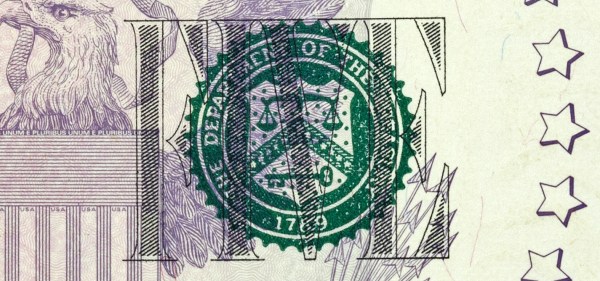Running a hackerspace is no easy task. One of the biggest issues is money — how to collect in dues and donations, managing it, and how to spend it. Everyone has different interests and would like to see the budget go to their favorite project or resource. Milwaukee Makerspace has come up with a novel way to handle this. Members pay $40 a month in dues. $35 of that goes into the general budget. The member themselves can pick where the last $5 goes.
Using the hackerspace’s software, members chose where their $5 goes each month. It can all be spent in one area or split up among different resources at the hackerspace. Members choose from many different interests like the 3D printing area, the laser lab, the forge, or specific projects like the power racing series. This results in a budget for each area which can be used for materials and parts. It also gives the hackerspace board of directors information on which resources people are interested in, and which they aren’t.
In the current budget, no one is supporting the anodizing area, but lots of people are supporting the laser lab. This is just the sort of information the board could use when planning. Perhaps they could store the anodizing tools and expand the laser lab. Click through to the link above and see how this year’s cash voting panned out.
Of course, all this only works if you have a hackerspace with plenty of active members. In Milwaukee’s case, they have about 300 members. Would this work for your hackerspace? Let us know down in the comments!














